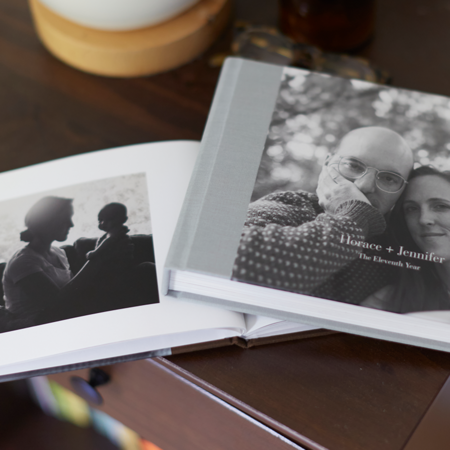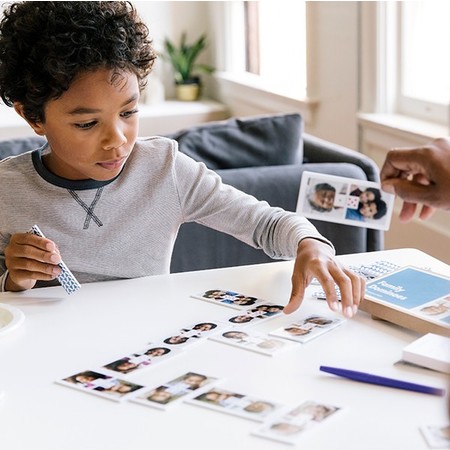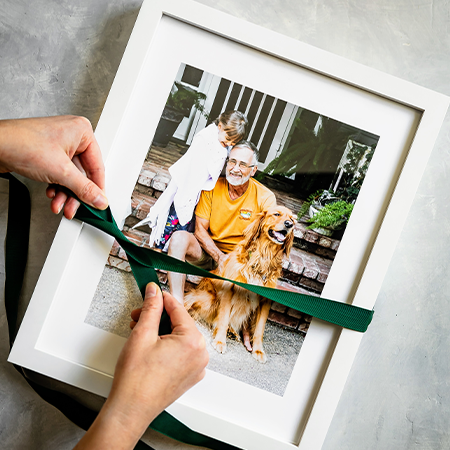
Taking beautiful photos of food is more challenging than one might imagine. After years of being a portrait photographer, I did not think that it would be difficult to take pictures of food. I decided to start a food blog and figured that taking drool-worthy pictures would be a piece of cake. (No pun intended.) Turns out I had a lot to learn.

Once I figured out a few key things, my food photography improved dramatically. Not only did I have to take photos, but I needed to learn some food styling tricks to help me create a scene, not just put some food on a plate.
TIPS TO IMPROVE YOUR FOOD PHOTOGRAPHY
1. Use natural light whenever possible. Natural light is the most flattering and you can alter the mood of your photo easily just by changing where the light source is coming from. And if the light is not found in your kitchen, try another room. I have shot in my garage, bedroom, living room – where the light is, my food will go. Reflectors will be your best friend. I use white foam core or a white binder to direct light where I need it.

2. Use a higher aperture. Food really needs to be crisp and clear. One way to achieve this is by using a higher aperture. I like to shoot somewhere between 4 and 5.6. You still get nice depth of field, but have a better chance of getting everything in focus.

3. Give your photos a sense of place. Having only a plate in the scene doesn’t tell much of the story. Add a fork, glass of water, or a crumpled napkin to make it appear that someone is actually participating in the scene.

4. Shoot quickly. You don’t have a lot of time to work with food. It wilts, dries out, or changes its appearance quickly. Set up your shot (including props) before you add the food to the scene. When the food is ready place it in the scene, and save time by having everything in its place. From there, work quickly to get as many different angles and shots as you can.
5. Only use a garnish that makes sense. I use ingredients that are actually in the dish to garnish plates and area around the plate.
6. Start clean. And then mess it up. For instance, when I am shooting something like a pasta dish, I start with the cleanest shot I can get. Then I mess it up. Maybe I twirl some pasta on a fork, or break the bread that is served with it, spill a little sauce, or take a bite out of it. Same with props, start with simple propping and then add to it instead of removing as you go. You can always add but you can’t always take away.


7. Shoot things in groups of 3 or 5. Even numbered groupings don’t lead your eye around an image like odd numbered groupings will.
8. Take lots and from different angles. The beauty of digital photography is that we can take lots of images. Often, I can’t tell if something is out of focus or there is something distracting in the image until after I have downloaded my card and inspected closely. Recompose your shot in camera multiple times. Take a lot of images and from different angles. Straight on, close up, ¾, and overhead are popular food angles.
9. Keep some tools close by to help you. I always have long-nosed tweezers, Q-Tips, paper towels, clean paint brush, and baby wipes nearby when I am working on food shots. This will help with crumbs, fingerprints on plates, and a myriad of other issues that you will come across. Having a small tool kit is so helpful.

10. Collect interesting things to use as props. I have lots of linens in different colors and textures, salad size plates (food looks better on smaller plate – it doesn’t get lost and create a lot of white space), utensils, and containers that I use to prop my food shots.



About the Author
Bree Hester is the blogger, photographer, and videographer behind BakedBree.com. Baked Bree is a place where you will find great recipes and inspiration for your next family adventure. Follow along with all of her adventures on Instagram @BreeHester










